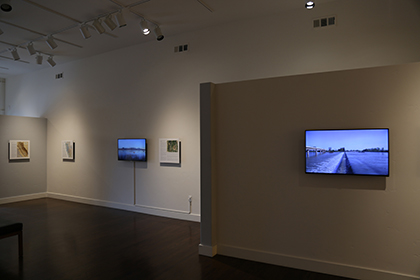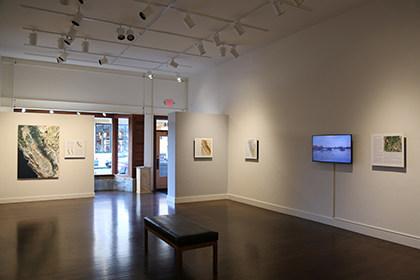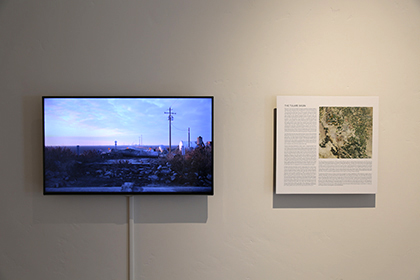Cultivated Ecologies is an interdisciplinary video and essay project that examines the extensively reconfigured network of wetland refuges scattered across Californiaís great Central Valley. Though now drastically diminished and mostly disconnected, these wetlands remain extremely ecologically significant, and have been carefully designed to more-or-less successfully coexist amid one of our planetís most intensively cultivated and astonishingly productive agricultural regions.
The San Luis National Wildlife Refuge, Merced National Wildlife Refuge, Volta Wildlife Area, and Grasslands Wildlife Management Area are situated within the vast and gently sloping basin of the San Joaquin River. These reconstructed wilderness zones no longer receive water from this river, however, but rather from groundwater pumping and water conveyance infrastructure that had at one time had nearly completely destroyed this regionís ecology. The Grasslands Wildlife Management Area constitutes the stateís largest contiguous expanse of remaining wetland, and is a successful example of publicly managed conservation on privately-owned land. Refuge wildlife within the San Joaquin basin face challenges from population growth and from conversion of beneficial farmland (like row crops) to farmland like vineyards and orchards that have little habitat value.
Cultivated Ecologies: The Tulare Basin © 2017, running time: 7.5 minutes.
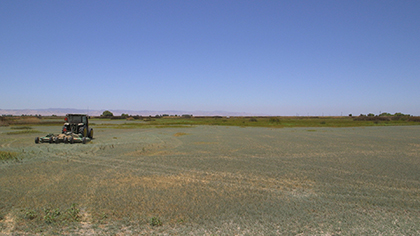
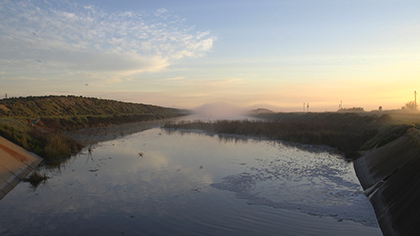
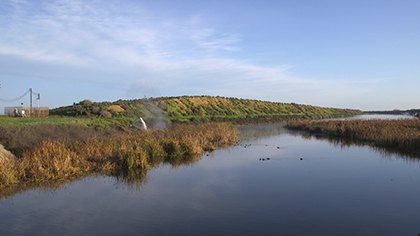
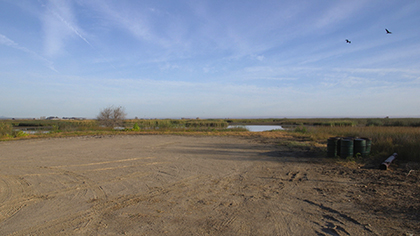
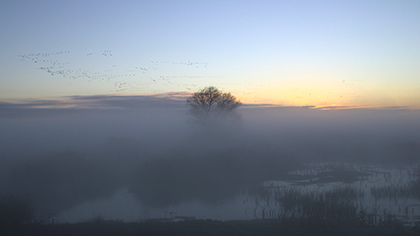
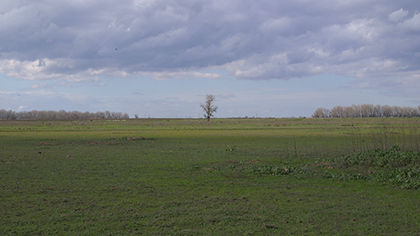
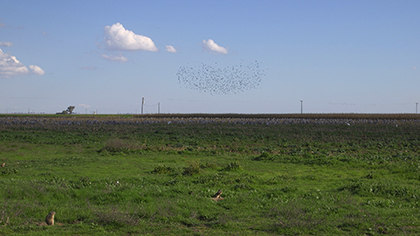
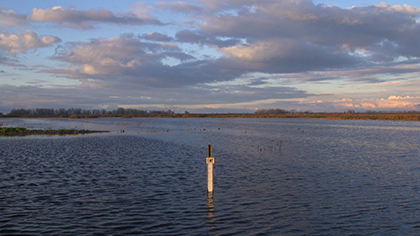
Installation views of the exhibition Cultivated Ecologies at the Humboldt State University Third Street Gallery, Eureka, CA, January 29 - March 4, 2018.
Click here to read a review of the exhibition.
